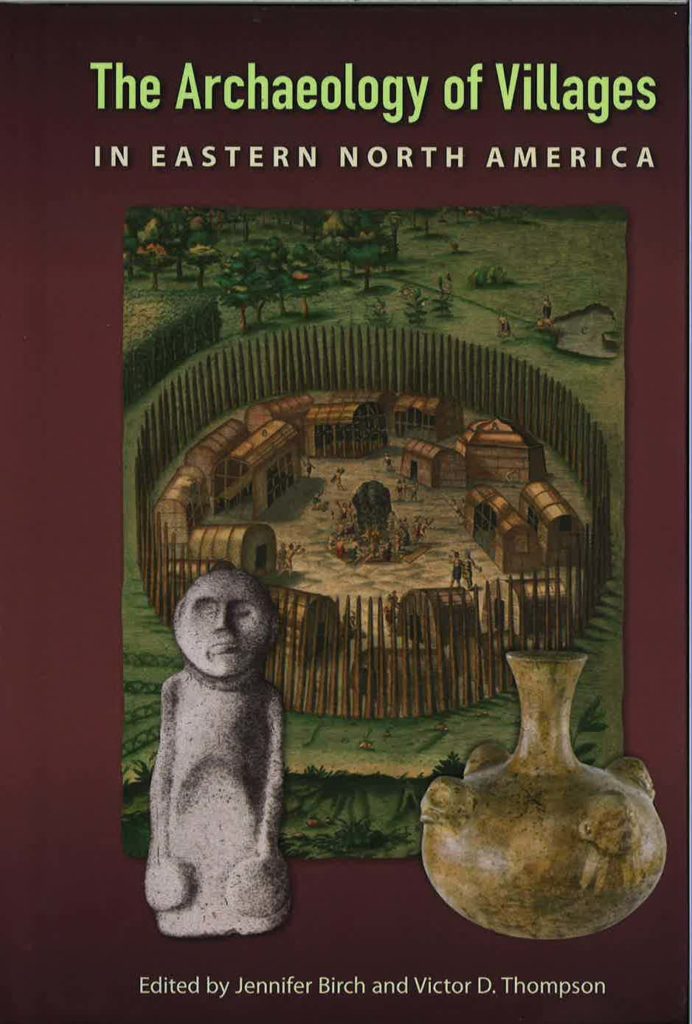In this chapter, we employ the rich corpus of archaeological settlement data available for southern Ontario and New York State to examine the processes associated with village formation. This included the establishment of maize-based agricultural economies, the emergence of village-communities and the long-house-based residential pattern, and the development of social institutions that served to integrate village residents within local and regional social networks. These are some of the sociopolitical hallmarks that signal the transformation of local Middle and transitional Woodland populations into a cultural pattern that is historical recognizes as Iroquoian. These development necessitated more complex social and power relations both within and between communities. One key observation is that females, as the primary contributors to the agricultural economies of early villages and keepers of the domestic realm, may have been the principal drivers of the transition to sedentism. Conversely, it could be argues that male taskscapes changed little between the preceding Middle and Late Woodland periods, although males were critical in extending the social network of households and villages across the region.
The full article is available below.



